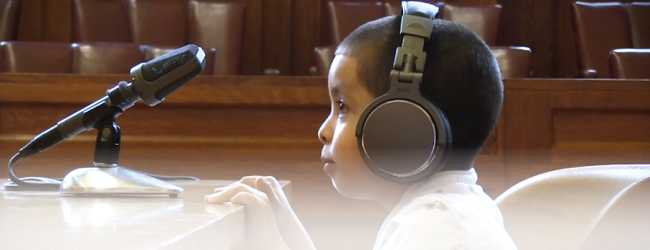
Children Confounding the Courts; An Immigration Conundrum
Separation of families at the border has been a big part of the news of late. According to the Department of Homeland Security, last Spring 2,342 children had been separated from their parents after crossing the Southern U.S. border. However, according to a report issued on January 17, 2019 by the inspector general for the Department of Health and Human Services, it was revealed that the administration separated thousands more migrant children from their parents at the U.S. border than has previously been made public. The report estimates that thousands of other youngsters were separated months before the government announced it would separate children in order to criminally prosecute their parents, through late last Spring. Previous administrations also separated minors from adults at the border in some instances, usually when it was suspected the child was smuggled, or the parent appeared to be unfit. The report documents a sharp increase in separations under the current administration. Once separated from their parents, significant challenges face the U.S. government trying to re-unite them. Many parents had been deported or were not given any information about where their children would go, according to the Texas Civil Rights Project’s conversations with detained adults. As a result, children were in custody for more than 20 days in violation of the 1997 Flores Settlement Agreement.[1] The Flores Settlement Agreement arose out of Flores v. Reno, a 1987 California case that went all the way to the United States Supreme Court. The parties reached a settlement ten years after the case initially arose. The Settlement outlined standards for detention and release of unaccompanied minors taken into immigration custody. It imposes several obligations on the immigration authorities, which fall into three broad categories:- The government is required to release children from immigration detention without unnecessary delay in order of preference beginning with parents and including other adult relatives as well as licensed programs willing to accept custody, within three to five days of apprehension. Under extenuating circumstances where the government faces an “emergency” or “influx” of minors, a de minimis extension of the transfer period of up to 20 days may be allowed. But the government must act in good faith and with due diligence to screen the family release.
- With respect to children for whom a suitable placement is not immediately available, the government is obligated to place children in the “least restrictive” setting appropriate to their age and any special needs.
- The government is required to implement standards relating to the care and treatment of children in immigration detention.
Photo published with permission from Linda Freedman and Non-Profit Immigration Advocates. Visit the website and support their work! www.ics-law.org